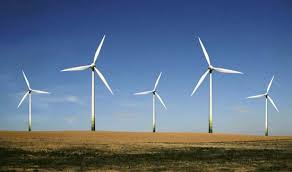South Australia has revealed the details of its plan achieve $10 billion in investment in low-carbon generation by 2025 – a major part of the state government’s new climate policy, announced on Monday.
The plan, launched by Premier Jay Weatherill on Tuesday, sets out four key strategies to meet the investment target – as well as its renewable energy target of 50 per cent by 2025; both key pathways to the government’s goal of establishing Adelaide as the world’s first carbon neutral city.

The strategies listed in the report include: clear policy and efficient regulatory environment; information to inform investment; sponsoring uptake and wider market deployment; and facilitating projects to leverage funding and support.
As part of the above strategies, the government will form a dedicated Investment Attraction Agency, that will work to attract new businesses and establish new head offices of international firms in South Australia. Another key role for the agency will be to work with the private sector to break down barriers, navigate regulatory and approval processes and facilitate projects.
The plan will also develop a bio-energy roadmap, to assess the state’s bio-energy potential – including an analysis of conversion technologies, local demand, types and quantities of feedstock – and, ultimately, help build projects.
As part of the plan to sponsor the uptake of low-carbon technologies, the government is also seeking expressions of interest for opportunities to convert the existing government motor vehicle fleet to low or zero emission vehicles.
On battery storage, the plan points to the government’s proposal – for which it is currently seeking expressions of interest – to install battery storage systems in South Australian Government buildings, up to a value of $1.1 million.
Finally, the report says another key strategy for the South Australian government is to influence policy frameworks at a federal level and work with companies to develop proposals that take advantage of federal government support.
“This includes funding and finance available from ARENA, the Clean Energy Finance Corporation and the Emission Reduction Fund,” the report says.
“The government is positioning itself to take full advantage of the opportunities expected to flow from these mechanisms by working with proponents and providing support to projects that leverage federal funding and funding from other external sources.”










